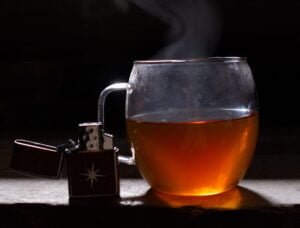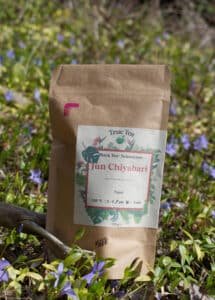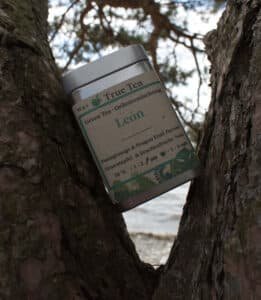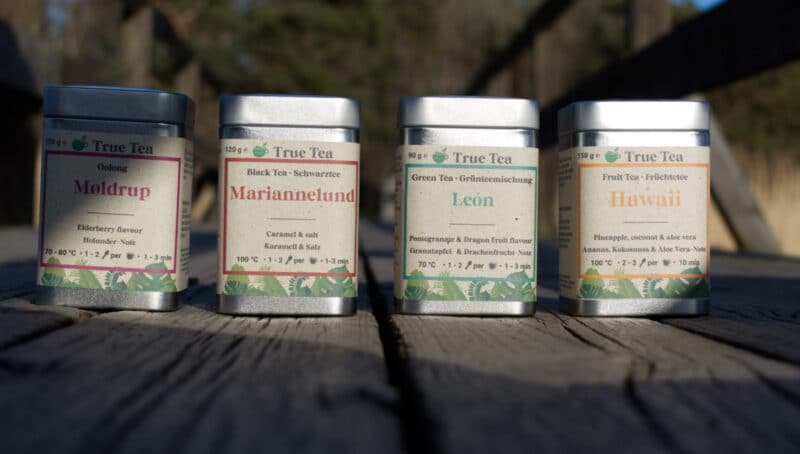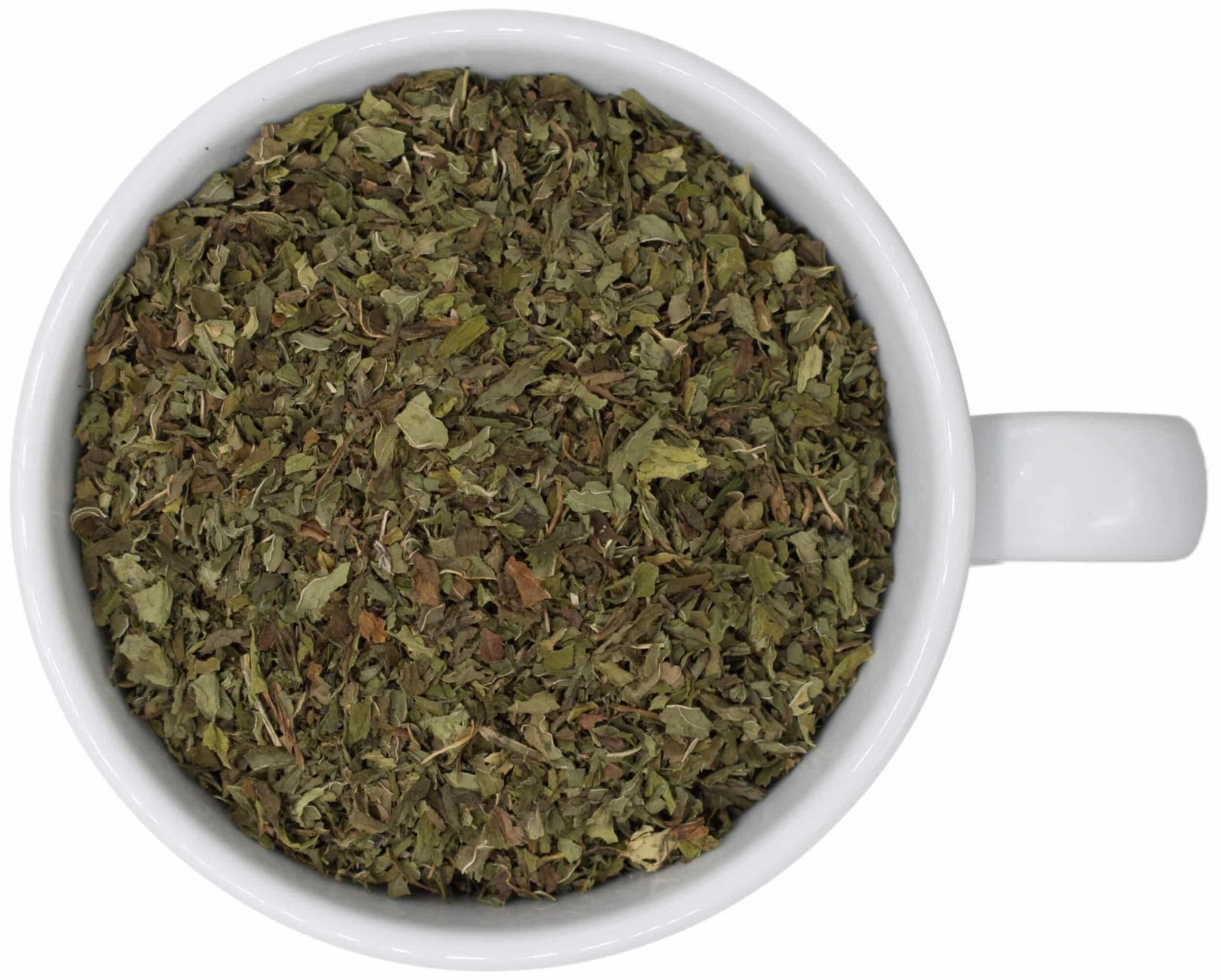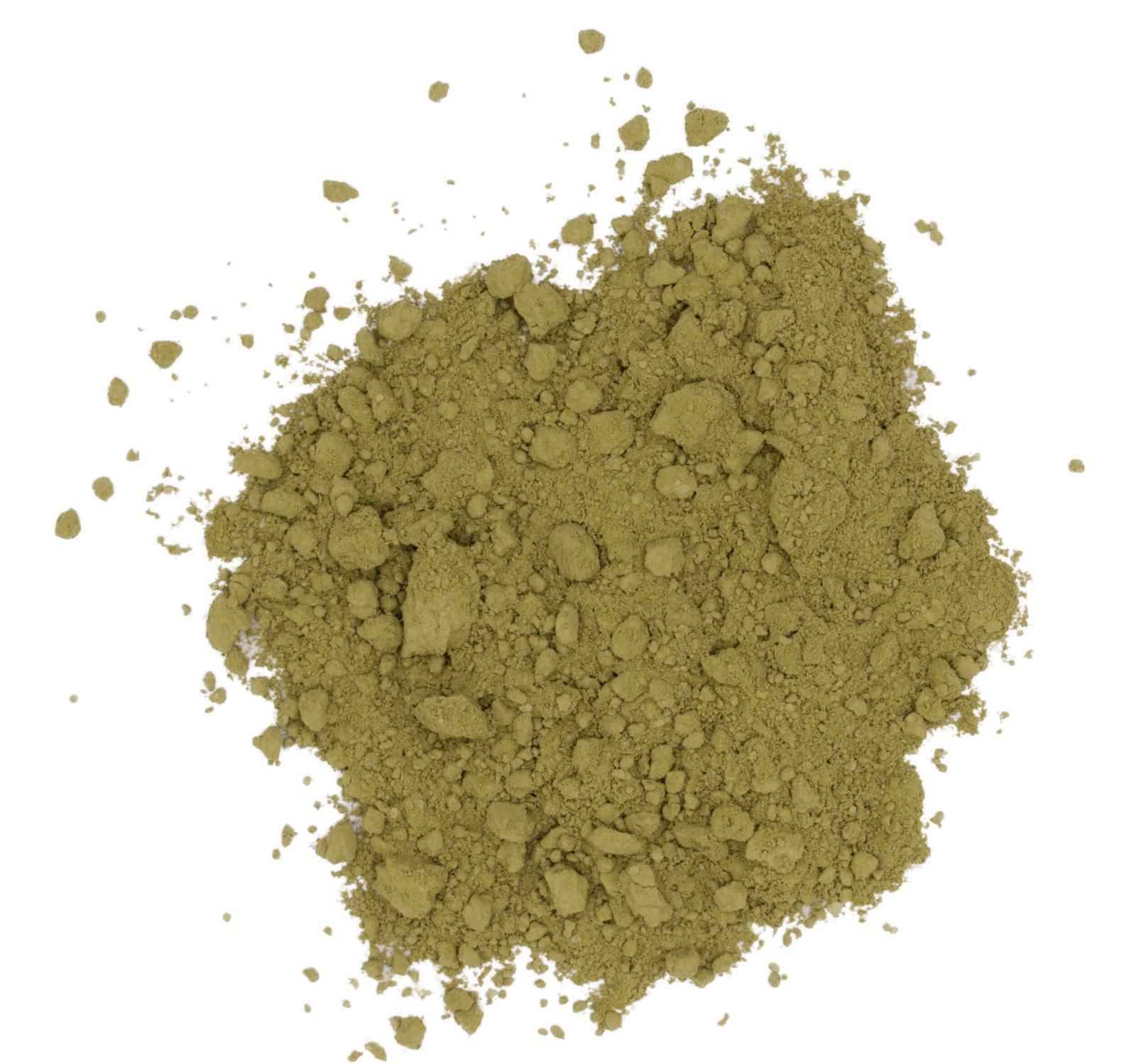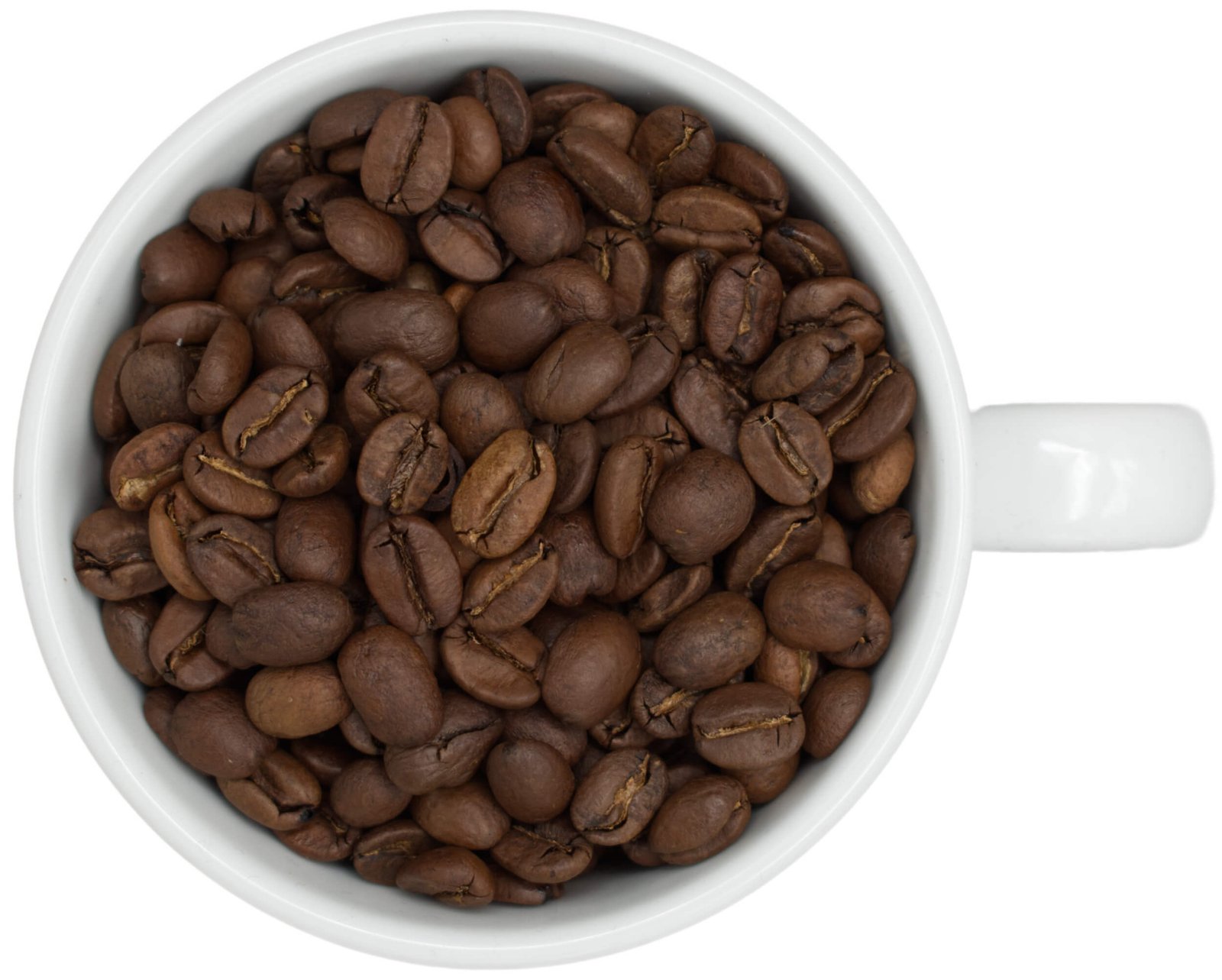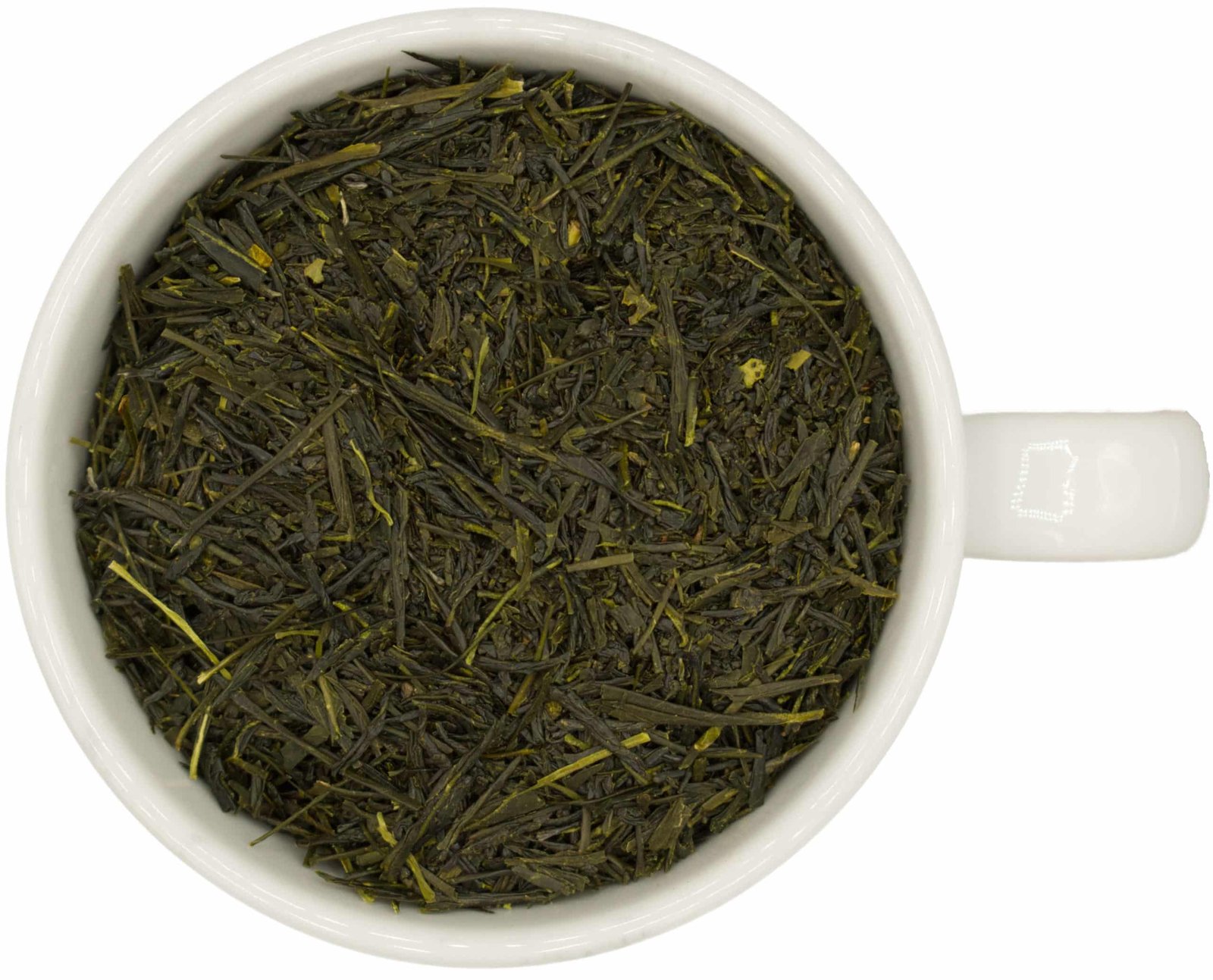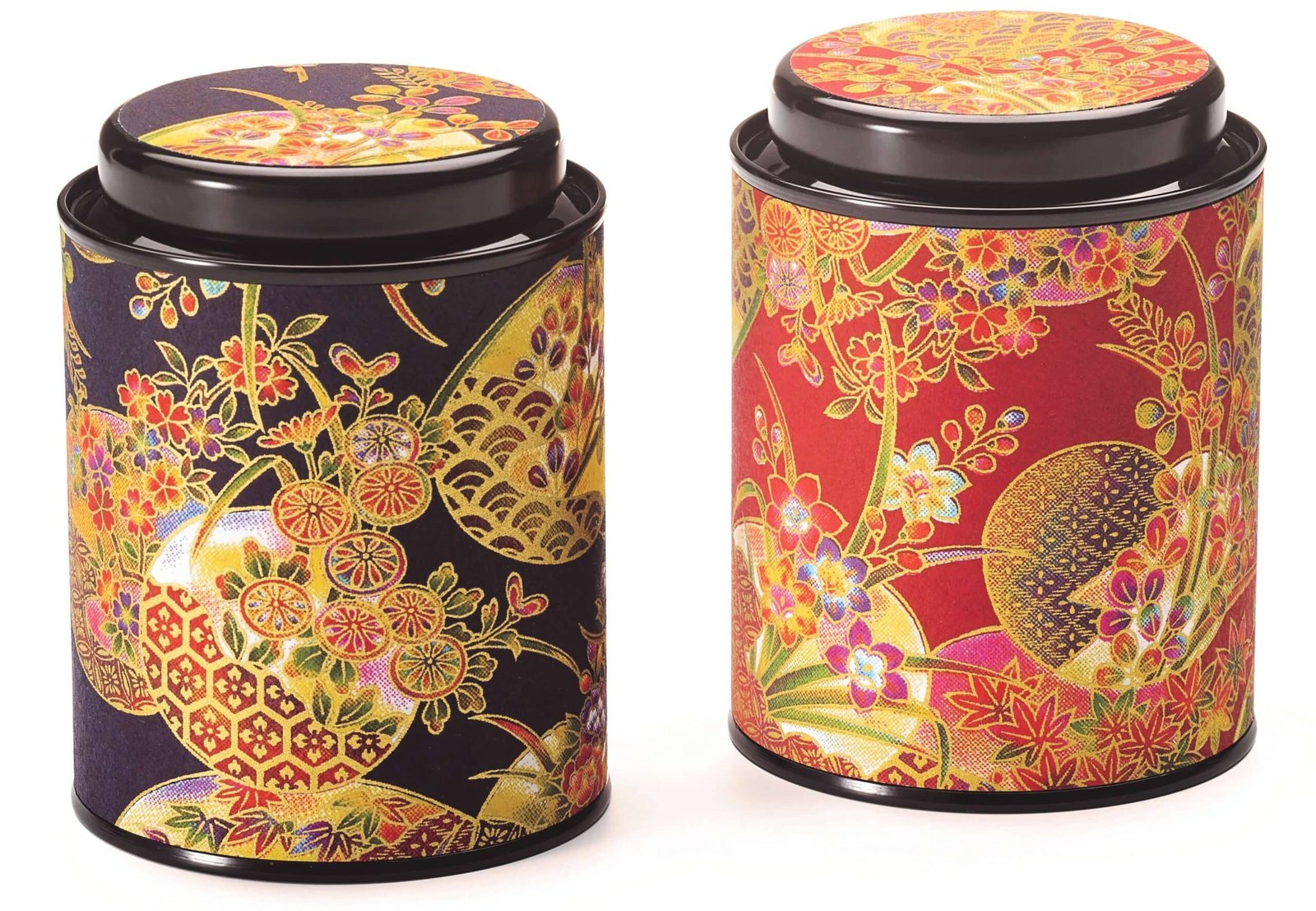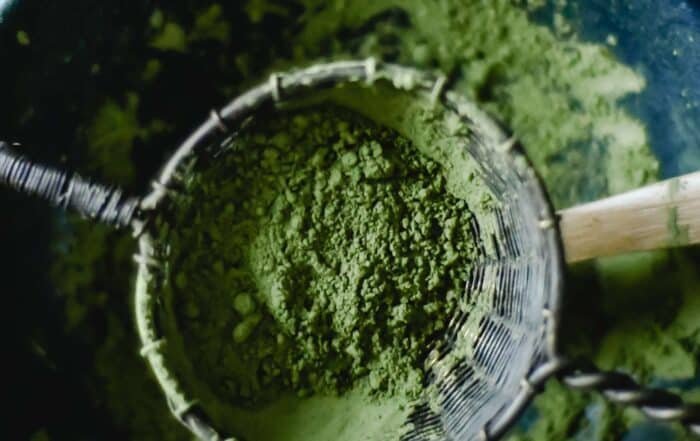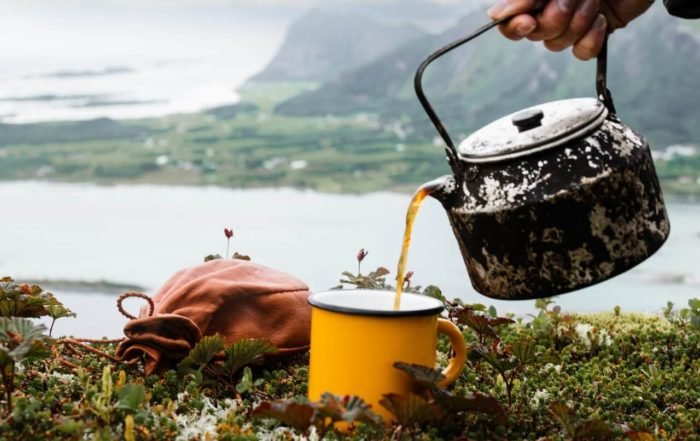Basically, tea harvesting is done according to the principle of “two leaves and a bud”. This means that only the leaf bud and the two subsequent leaves are harvested. If more, older leaves were harvested, it would have a negative effect on the taste. In fact, today tea continues to be harvested largely by (female) hand. Machines would simply be too imprecise.
Tea is grown in many regions of the world, the largest tea producer is China with about 46% of the world market, followed by India with 21% and Kenya with 9%.
Tea is produced in many countries. The best known qualities come from India, China, Japan, Taiwan (also known as Formosa) and Sri Lanka (Ceylon). With more than 2,500,000 tons, China is by far the largest tea producer in the world. Recently, African countries such as Rwanda have also entered the tea production industry – and with great success.
The higher the level of tea cultivation, the higher the quality of tea. This is due to the fact that the tea plant in higher regions does not grow as quickly and therefore forms a more intense flavor.
India
Around 1850, tea plants were first cultivated in India by the British and the Camellia Assamica plant was discovered growing in the wild. This makes India virtually a spring chicken in the tea world.
India is famous for Darjeeling, a tea-growing region in the north of the country. The climate conditions in Darjeeling vary so much throughout the year, mainly due to the monsoon rains, that the timing of the plucking here has a great impact on the taste and appearance of the tea. Therefore, a distinction is made in:
| Period | Time | Characteristics | |
| First Flush (f.f.) | also: flying tea | Beginning of March until beginning of May | Bright cup with fine fresh taste |
| Inbetween | May to June | Full-bodied flavor, offshoots of the f.f. | |
| Second Flush (s.f.) | June until the first monsoon in July | Bright cup with intense flavor, green interjections | |
| Monsoon tea | Monsoon season (approx. August) | Gentle taste, solid consumption quality | Grows faster and is therefore cheaper |
| Autumnal | September until the end of the season in November | Red cup with aromatic mild taste |
The first flush or flight tea is the first harvest of the year in Darjeeling and is particularly sought after for its floral mild flavor. This crop is called air tea because this batch is exported by air freight.
India is also known for Assam. Assam is a growing region in northeastern India and is about the size of Bavaria. It is the largest contiguous tea-growing area in the world and produces mainly black teas. Assam teas are very popular with black tea beginners, as they have a light taste with sugar and milk or cream. Assam teas are the basis of every East Frisian tea. Speaking of which, East Frisians drink 300 liters of tea per capita and year, making them world champions in tea consumption. The East Frisian tea is drunk in style with rock candy and cream.
- Schwarztee Jun Chiyabari True Tea
- True Tea Jun Chiyabari Schwarztee als Nachfullbeutel
- Leon Grunteemischung Drachenfrucht Granatapfel True Tea
Sri Lanka (Ceylon)
Until 1972, Sri Lanka was still called Ceylon. Since the tea world can definitely be called conservative, Ceylon is still a common name. Well-known growing areas are Uva in the east of Sri Lanka, Nuwara Eliya and Kandy in the south and Dimbula in the west. Some of the tea plants are up to 100 years old and the pluckings are considered to be of very high quality.
Teas from Ceylon can be harvested all year round. The taste of the tea is largely determined by the weather.
Ceylon teas are usually reddish-brown in color and have few infusions. Tips are also usually sought in vain. In taste, Ceylon teas are citrusy-malty, metallic and have an astringent effect.
Japan
The country with the second longest tea tradition produces almost exclusively green tea. More than 95% of the teas produced remain in Japan, and due to high consumption, Japan even imports tea from other growing regions on a large scale to meet demand. The exported qualities are therefore very rare.
Typical for Japan is the interruption of the oxidation process by panfiring, as roasted flavors (umami) are very popular in Japan. The epitome of roasted flavors is represented by Genmaicha, a Sencha/Bancha base with partially popped rice grains. Important growing areas in Japan are Shizuoka, Uji and Kagoshima.
Also world-famous is Japanese Gyokuro: a green tea shaded for several weeks with a distinctive grassy, intense flavor. Shading causes the tea plant to grow more slowly (remember: slower growth = higher quality) and produce more chlorophyll. This results in a strong, green coloration. Gyokuros should be infused even colder than typical green teas (about 60°).
China
It is said that the origin of tea is in Yunnan province in China. But the fact is that China is the world champion exporter of tea. China is known for green and black teas like Gunpowder, Lapsang Souchong or Pai Mu Tan. The most important growing areas are Fujian, Zhejiang, Anhui and Yunnan. Chinese teas rarely enter the market under the name of the tea gardens, but instead bear fantasy names. The Chinese are good at marketing!
Taiwan (Formosa)
Taiwan also had another name until 1885: Formosa. And how could it be otherwise: In the world of tea also remained this name. Formosa, by the way, translates as “Beautiful Island”. Taiwan is mainly known for green teas and oolongs, typical growing regions are Nantou and Lugu.
Leave a comment
We think you might like this
Pssst… We’ll write more here!
Making tea: how to make Matcha
At True Tea you will find everything for your Matcha. Want to learn how to ...
What is the CTC tea production?
CTC is a newer production process for black teas. Compared to the traditional method ...
Basic knowledge of tea: How do I prepare tea correctly?
How to properly prepare tea If you do a little research on the topic ...
7 Good reasons for True Tea


